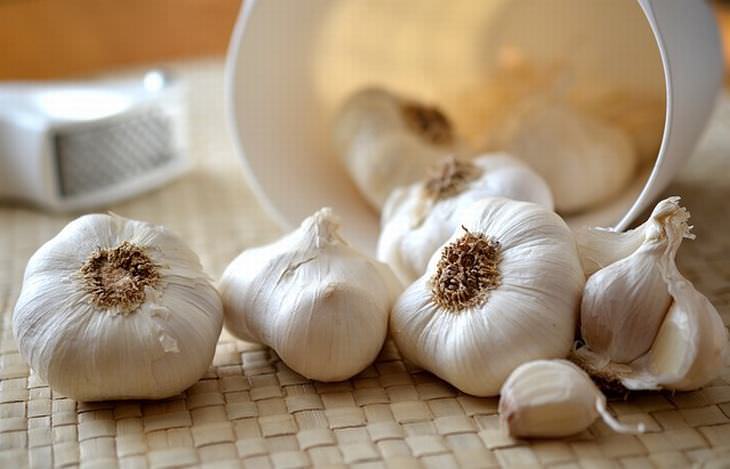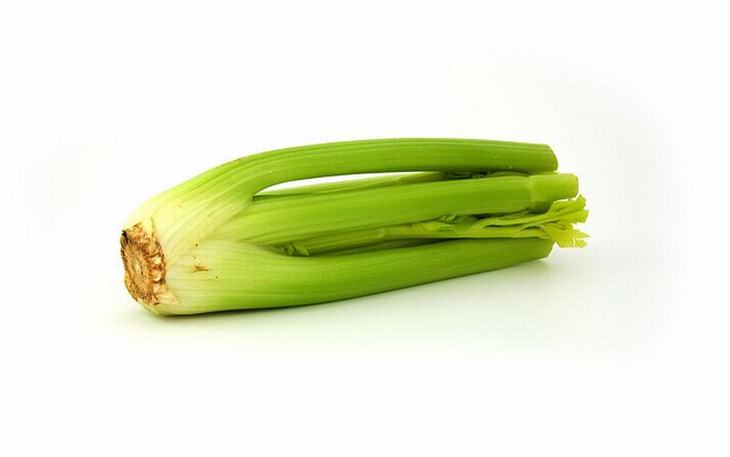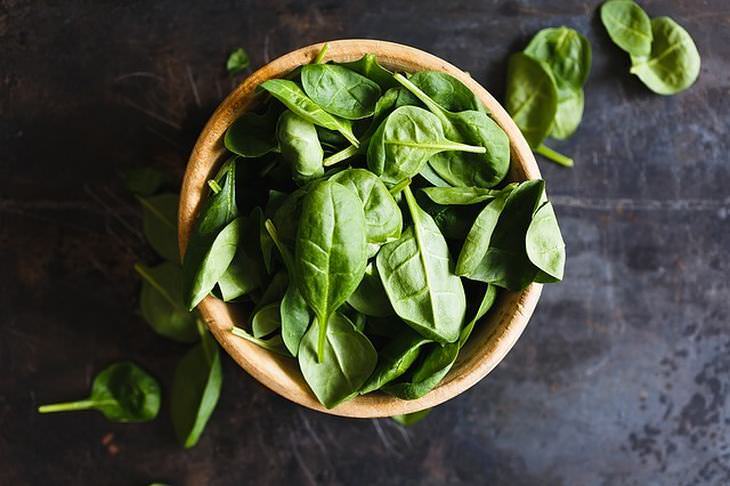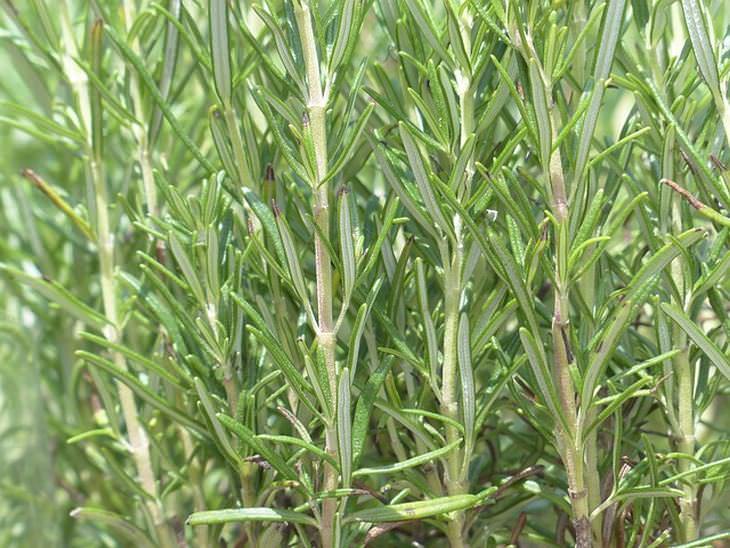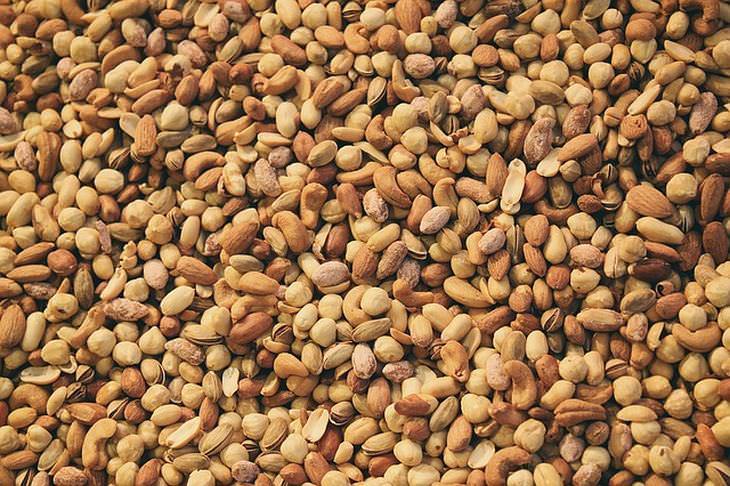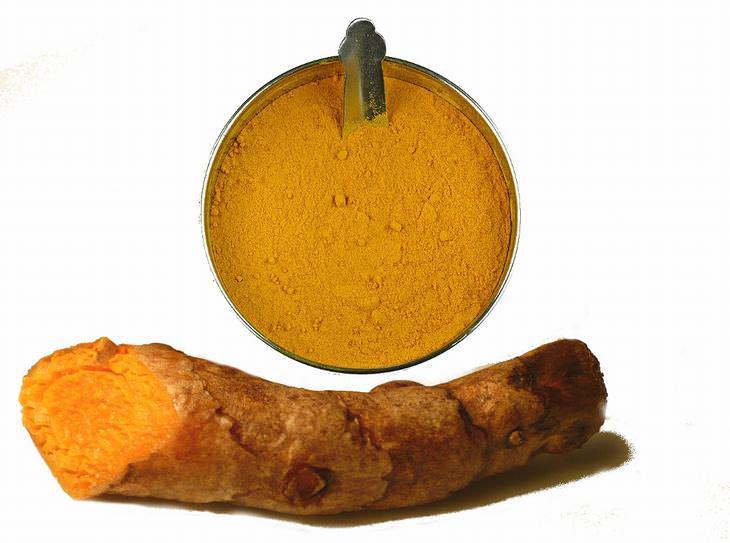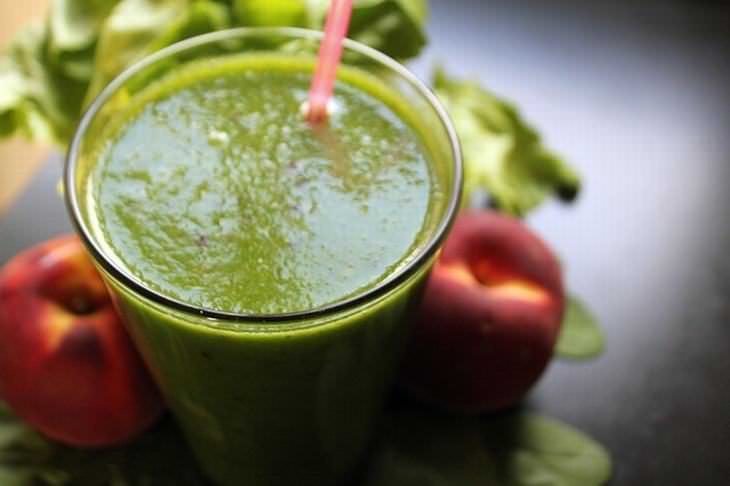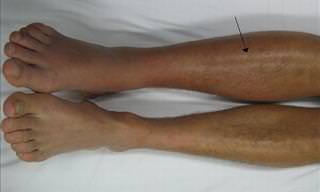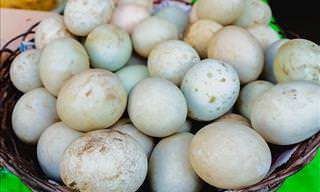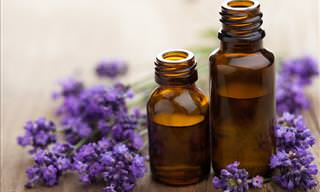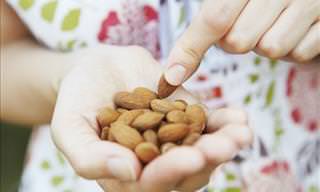Symptoms
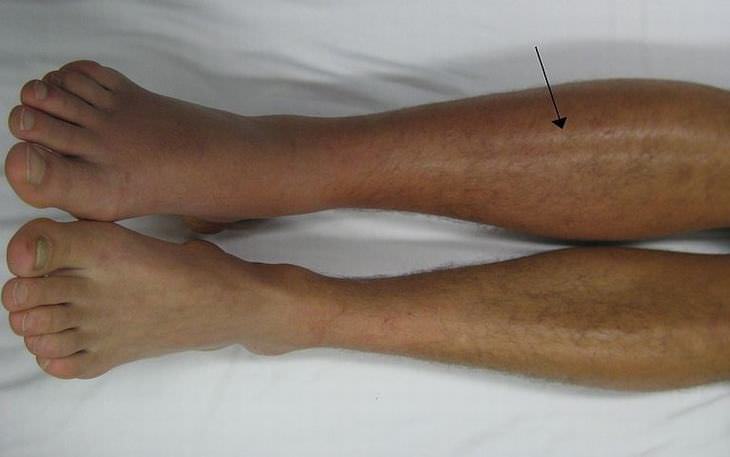
Here are some DVT symptoms to look out for:
* Acute swelling of one or both legs
* A heavy aching pain or tenderness, especially in your calf
* Warmer than normal skin around the region of the clot
* Redness (below your knee at the back of the leg) or discoloration
* Distension or enlargement of surface veins
*Increased pain when you bend your foot up towards the knee
Note: Half of DVT sufferers experience no symptoms at all. If you experience any of these symptoms it is highly recommended that you see a doctor immediately.
Possible symptoms of a pulmonary embolism:
* Sudden shortness of breath
* Chest pains when breathing or coughing
* Dizziness or fainting
* A fast pulse
* Coughing-up blood.
Note: If you experience any of the symptoms of pulmonary embolism, you will require urgent medical attention.
Causes of DVT
The most commonly-cited cause of DVT is when a person has been sitting or was otherwise motionless for an extended period. Maybe you have been on a long journey, have suffered a lengthy illness preventing your normal exercise, or have adopted a sedentary lifestyle. In these cases, blood clotting is much more likely.
DVT can occur in apparently healthy individuals, but it is generally thought that those who smoke, have suffered from heart failure, a stroke, or cancer are at a greater risk for DVT. It can also arise in women who are pregnant or have recently given birth, individuals who have had recent surgery, or have had a leg or pelvis injury. People who have inherited particular problems or deficiencies (for example protein C or S deficiency, Dysfibrinogenemia, or have a non-O blood type) may have cause to research their family history, and check with their doctors.
WARNING: If you experience symptoms of DVT or pulmonary embolism, you should contact your doctor without hesitation. From there, your treatment will focus on preventing the clot (or clots) size from increasing and keeping it from breaking free and leading to a pulmonary embolism.
Treatments include:
* Blood thinners: Can be Anticoagulants like heparin and warfarin that reduce the speed at which clots can form, or can be antiplatelet drugs like aspirin which prevent blood cells from forming clots
* Clot buster drugs: Powerful heart medications that are delivered intravenously to break up blood clots
* IVC filters: Temporary or permanent devices inserted into the inferior vena cava (the body’s largest vein) to trap clots
* Graduated compression stockings (as often provided on long-haul flights): apply lower pressure around the knees and higher pressure around the ankles to improve blood flow.
Natural Remedies for Prevention of DVT
Of course, it is always important to keep your body balanced, such as your blood becoming neither too thick nor too thin. For example, we must include both vitamin E and vitamin K in our diet, because the former thins out our blood, whereas the latter thickens it. Use the following tips in moderation to keep your body in perfect harmony:
1. Cayenne
Cayenne pepper is an incredible pain reliever and blood thinner, which is just perfect for staving off DVT. It contains capsaicin as an active agent, and will reduce blood cholesterol and fibrin, which is needed to form clots. It does wonders for your heart too, improving its performance and giving it the strength it needs.
Note: Cayenne pepper should be avoided by those who are pregnant or still breastfeeding.
2. Garlic
Garlic, as an anti-thrombotic, will naturally keep clots from forming, and it even keeps blood pressure down. Eat two or three raw garlic cloves before your breakfast, and use cooked garlic in meals as often as you can during the week.
3. Ginger
We know that lemon water can be a vital drink, while ginger is a natural blood thinner that also blocks vitamin K, which is involved in clot formation. Why not try adding a nice glass of lemon water with chopped ginger to your morning routine? As the day goes by, brew a few cups of ginger tea to make sure you get as many benefits as you can from this most marvelous of roots.
4. Broccoli
Because it is rich in fiber content, broccoli is highly recommended for those who suffer from cardiovascular problems, as well as providing many other health benefits. As raw broccoli in particular offers more nutrition, why not make yourself a crunchy home-made broccoli salad?
5. Celery
As commonly known, you burn more calories while digesting celery than you consume. This healthy plant can also help keep levels of the stress hormone, cortisol, in check, preventing thinning of the blood vessels. A lack of cortisol has even been linked to worsening memory, increased weight gain, cholesterol, heart disease and plenty more frightening health problems, so celery is a great natural resource.
6. Vitamin C-rich foods
Vitamin C helps maintain a proper vascular state, meaning your body’s amazing network of blood vessels is working well. Eat lots of good fruits and vegetables to make sure you get enough vitamin C in your diet. Some fruits and vegetables that are rich in vitamin C are strawberries, pineapples, kiwis, oranges, cantaloupe, papayas, bell peppers, Brussels sprouts and cauliflower.
7. Spinach
No, it won’t necessarily turn you into Popeye, but spinach will certainly help keep your blood pressure down thanks to its high fiber content. It's also full of nutrients like magnesium, potassium, and folate. Controlling your blood pressure will go a long way towards maintaining healthy blood circulation.
Note: Spinach is rich in vitamin K, which can thicken blood, so eat it in moderate amounts and balance your meals with a lot of vitamin E-rich food. After all, we want to avoid making our blood too thick.
8. Rosemary
In rosemary, there is a flavonoid, diosmin, which aids blood flow by minimizing capillary fragility. Since it is high in vitamin B6, it will help the protein in your red blood cells, hemoglobin, carry oxygen throughout your body. As an added bonus, rosemary can even be used to prevent hair loss, so it would definitely be worth making garden space for growing this invaluable herb.
9. Omega 3 Fatty Acids
Mainly found in fish, Omega 3's healthy fats, which also keep cholesterol down, can prevent your blood from clotting. Eat fish two or three times a week by including anchovies, salmon, tuna, mackerel, lake trout or herring in your diet. You will also reap many other health benefits.
10. Vitamin E-rich food
Vitamin E contains special antiplatelet and anticoagulant properties that are effective in preventing clots. So when you're buying groceries, keep in mind foods rich in vitamin E, such as avocados, olive oil, whole grains, sunflower seeds, walnuts, almonds, coconuts, and hazelnuts.
11. Turmeric
Turmeric’s active agent is curcumin, which also acts as a natural blood thinner and circulation-enhancer. Savor the taste of the Orient with this old Indian spice by adding a teaspoon of turmeric powder into a cup of hot milk with a drop of honey for sweetness.
12. Regular Exercise
Since the most common cause of bad circulation is lack of exercise, it is logical that the best prevention is the reverse: lots of good, honest exercise. If your pulse remains vigorous and steady throughout the day, your circulation will be consistent. So, as it’s important to keep active, check out our handy guides for walking, swimming, yoga, and aerobics, and our interactive guide for full body workouts. Just don’t do anything too strenuous without consulting your doctor.
Bonus Recipe: Try This Delicious and Natural DVT-Staving Smoothie
Ingredients
*2 cups chopped spinach
*1 apple or pear
*1 celery stalk
*1 teaspoon cayenne pepper
*juice of a 1/2 a lemon
*¾ cup water
*1 garlic clove
Simply blend the ingredients in a blender and enjoy!
 Go to BabaMail
Go to BabaMail




